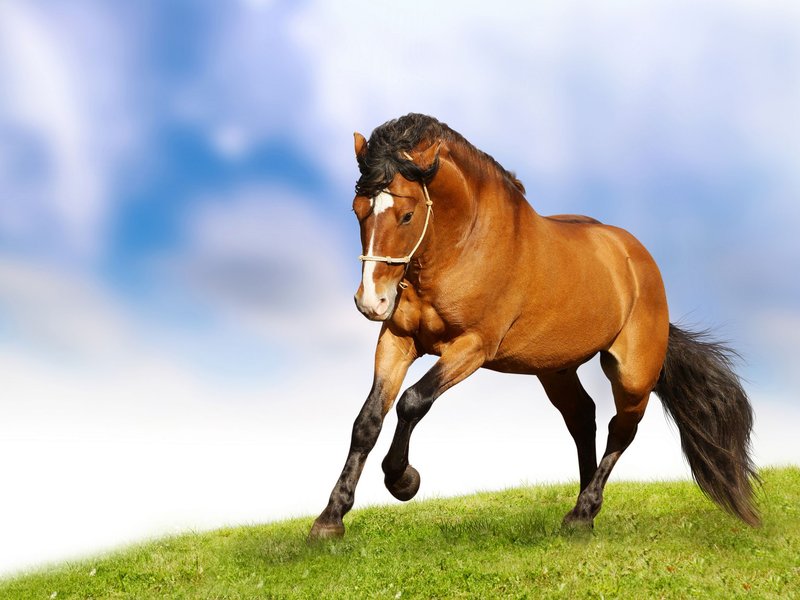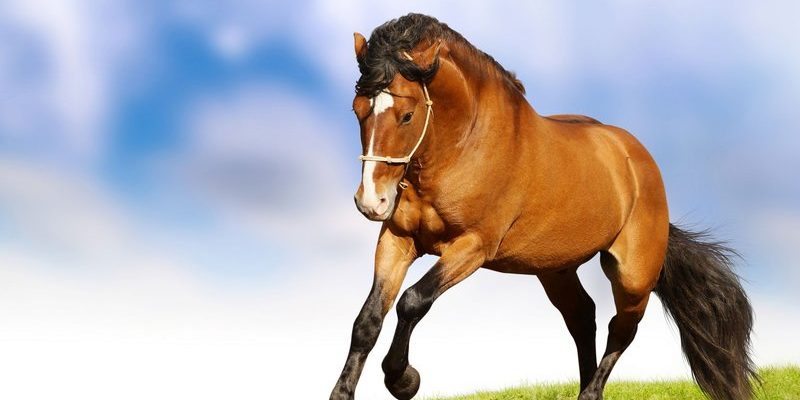
Much like how a gardener must tend to their plants to keep them thriving, conservation efforts are essential for horses to ensure their survival. Just as you wouldn’t want your favorite flower to disappear from the earth, we should care about the future of these animals. Let’s dive into the world of horse conservation, looking at what’s endangering them, which breeds are at risk, and what’s being done globally to protect them.
Understanding Horse Populations and Their Status
To grasp whether horses are endangered, it’s first important to understand what we mean by “endangered.” The International Union for Conservation of Nature (IUCN) categorizes species based on their risk of extinction. Horses, in a broad sense, aren’t considered threatened as a species; however, the story changes when we delve into specific breeds.
For example, some breeds like the Suffolk Punch or the Dartmoor Pony are classified as endangered, with their numbers dwindling over the years. You might wonder how something as common as a horse could be endangered, but it’s worth remembering that not all breeds enjoy the same level of protection and support. Conservationists are often focused on these lesser-known breeds that have unique traits, histories, and cultural significance.
Moreover, some horse populations in the wild, like the *Przewalski’s horse,* have faced severe decline. Once thought extinct in the wild, these unique horses are slowly recovering thanks to conservation efforts. It’s a clear reminder that while the general horse population might be stable, the specific breeds tell a different story.
Threats to Horse Populations
The threats facing horses are numerous and often interconnected. It’s important to break them down to see how they affect not only horses but ecosystems too.
1. Habitat Loss: Like many animals, horses need adequate space to roam, graze, and thrive. Urban development, agricultural expansion, and deforestation can shrink their natural habitats. When these spaces disappear, so do the resources needed for survival.
2. Overbreeding: The popularity of certain horse breeds can lead to overbreeding, which may seem harmless at first. However, it often results in genetic bottlenecks, weakening the overall health of the breed and making them more susceptible to diseases. Just as in plant species, diversity is key to strong populations.
3. Climate Change: Rising temperatures, changing weather patterns, and shifting ecosystems can affect the availability of food and water sources for horses. If a horse’s grazing area dries up or becomes too wet, their survival is directly impacted.
By recognizing these threats, we can take steps to mitigate them and ensure a more secure future for our four-legged friends.
Notable Endangered Horse Breeds
While the horse species as a whole is not endangered, several specific breeds are facing challenges. Here are a few notable ones:
- Przewalski’s Horse: This is the only true wild horse left in the world, originally found in the steppes of Central Asia. Conservation programs have helped increase their numbers, but they remain vulnerable.
- Suffolk Punch: A breed known for its strength in farming, the Suffolk Punch has been reduced to fewer than 400 breeding individuals worldwide, making it a focus for conservationists.
- Dartmoor Pony: This hardy breed hails from England and represents a vital piece of cultural heritage. With numbers dwindling, efforts are underway to promote their breeding and awareness.
- Spanish Mustangs: These horses, descended from the horses brought by Spanish explorers, are not only culturally important but also face threats due to habitat loss and changing land management practices.
Understanding these breeds helps us appreciate the diversity and heritage of horses. Each one has its own story and significance, making them worth protecting.
Global Conservation Efforts
Across the globe, many organizations and initiatives are focusing on conserving horse populations and breeding programs. It’s inspiring to see how people come together for a common cause.
One such organization is the World Horse Welfare, dedicated to improving the lives of horses worldwide through research, education, and hands-on assistance. They tackle issues like neglect, overbreeding, and welfare, providing support to horse owners and advocating for better practices.
Another noteworthy effort comes from The Przewalski’s Horse Project, which has been instrumental in reintroducing these wild horses back into their natural habitats. Thanks to breeding programs started in captivity, conservationists have been able to revive their numbers in places where they once fell to extinction.
Moreover, there are grassroots initiatives, such as local breed registries, that focus on promoting less common or endangered breeds. By highlighting these horses and connecting them with potential owners, they work to ensure that these breeds don’t disappear.
What You Can Do to Help
If you’re feeling inspired by the idea of supporting horse conservation, there are plenty of ways you can get involved. Here are a few simple actions you can take:
1. Educate Yourself and Others: The more you know, the more effective you can be in spreading awareness. Share what you learn with friends, family, or even on social media.
2. Support Local Organizations: Look for animal welfare groups or equine conservation organizations in your area. Whether through donations, volunteering, or simply spreading the word, every bit helps.
3. Adopt or Sponsor a Horse: If you have the means and space, consider adopting an endangered breed. Even if you can’t adopt, many organizations offer sponsorship opportunities that can help support the care of these animals.
4. Advocate for Land Preservation: Supporting policies that protect natural habitats is crucial. Whether it’s signing petitions or reaching out to local representatives, every voice counts.
Here’s the thing: every little action can contribute to a larger impact, and as individuals, we can help ensure that horses continue to trot alongside us for generations to come.
As we explore the subject of whether horses are endangered, it becomes clear that while many breeds thrive, others stand on the brink of extinction. The balance between human activity and wildlife protection is delicate, and awareness is the first step toward change.
By understanding the challenges horses face and actively participating in conservation efforts, we can contribute to making a difference. Just like tending a garden requires attention and care, the future of these magnificent creatures does too. So, let’s dig our hands into the soil and nurture these incredible animals, ensuring they remain a part of our world.

